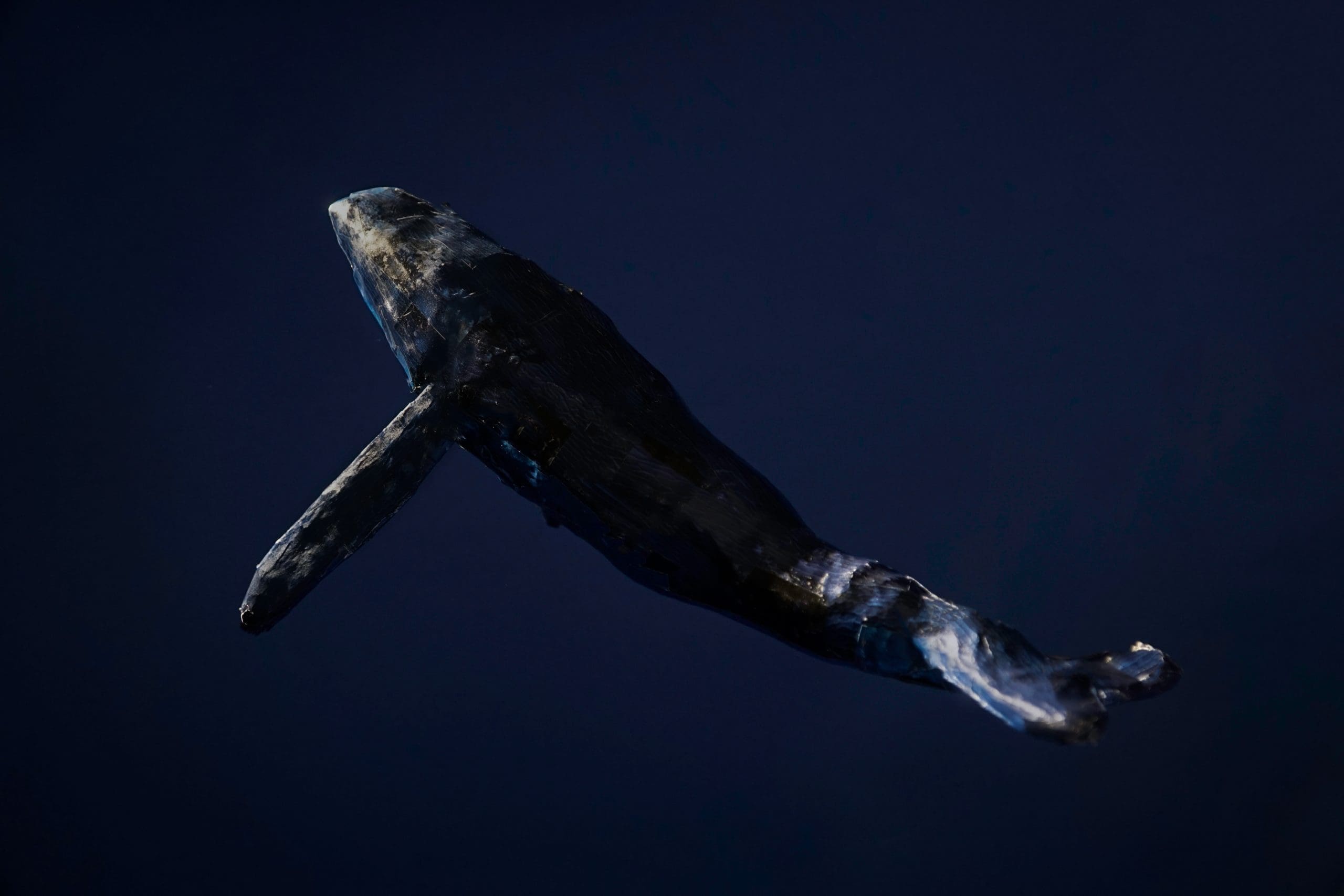Published in 1870 by French writer Jules Verne, was the now classic science fiction novel Twenty Thousand Leagues Under the Sea. And unlike Verne’s other works, such as Around the World in Eighty Days and Journey to the Center of the Earth, Twenty Thousand Leagues Under the Sea with its description of Nemo’s vessel—called the Nautilus—actually holds up scientifically as it accurately describes features on submarines which were only later realized.[1]
It’s no surprise that building such a deep-water vessel involves a great many challenges. And aside from the obvious issues of coldness, darkness, and extreme water pressure, other things to consider are the ship’s shape, size, and how to propel such a craft. Another challenge to overcome is that “communication and location of one’s position become difficult when the vessel is submerged.”[2] With such a long and intensive list of basic requirements the designers wisely turned to God’s creation for answers. In fact, the main design and future advancement of the submarine came largely through the observation of whales.
“So God created the great sea creatures and every living creature that moves, with which the waters swarm, according to their kinds…”
Genesis 1:21
Hence, “It is no coincidence that [the] submarine shape resembles that of whales. Consider the long, streamlined hull of a submarine, and also its fins, or hydroplanes, that provide stability and steering ability. Sperm whales have a blunt nose that looks awkward at first sight. However, nuclear submarines have a closely similar bow. Both cruise through water at similar speeds. This may average 12 knots (14 mi/hr or 22 km/hr), although both whales and submarines can travel much faster when necessary. The blunt nose results in streamlined, efficient movement through water with minimal noise or water turbulence. Submarines also use rear propulsion with propellors, somewhat equivalent to the whale’s thrusting tail.”[3] Submarines also have an echo-location sonar system based upon the design found in whales, dolphins, and even bats (though the manmade system is not nearly as sophisticated). Also, in order to maximize fuel efficiency and minimize water resistance, engineers mimicked the unusual design of the dolphin’s snout and incorporated it into modern supertankers and military vessels. Amazingly, this new design “has produced a saving of up to 25 percent of the enormous amount of fuel used in each journey of these great ships.”[4]


The dolphin’s unique triple layered skin also provided incredibly beneficial insights. A dolphin’s first and outermost layer of skin is flexible and thin, but the middle layer is composed of a compressible sponge-type material. And the innermost layer is thick and composed of a flexible hairlike material. German naval engineers were actually able to mimic this by using “a synthetic coating composed of two specialized rubber layers separated by a material composed of bubbles that resembled the characteristics of the dolphin’s skin.”[5] Significantly, this new design yielded an impressive 250 percent increase in the speed of the submarine as it traveled deep under the water.
Since it would be utterly absurd and illogical to claim that the submarine was merely an accident of nature, it would be even more ridiculous to claim that the designs found in whales and dolphins, which greatly surpass the manmade knockoffs, were also accidents of nature. Clearly, these incredibly complex and fascinating creatures were deliberately and specially designed by the Creator of the heavens and the earth (Genesis 1-2).

Ryan Hembree is a daily co-host, speaker, and writer of Bible Discovery. He also hosts a YouTube channel that shows the unity of the Bible and how science and Scripture fit together. Ryan also has an honorary Masters of Ministry in Creation Science from Phoenix University of Theology.






